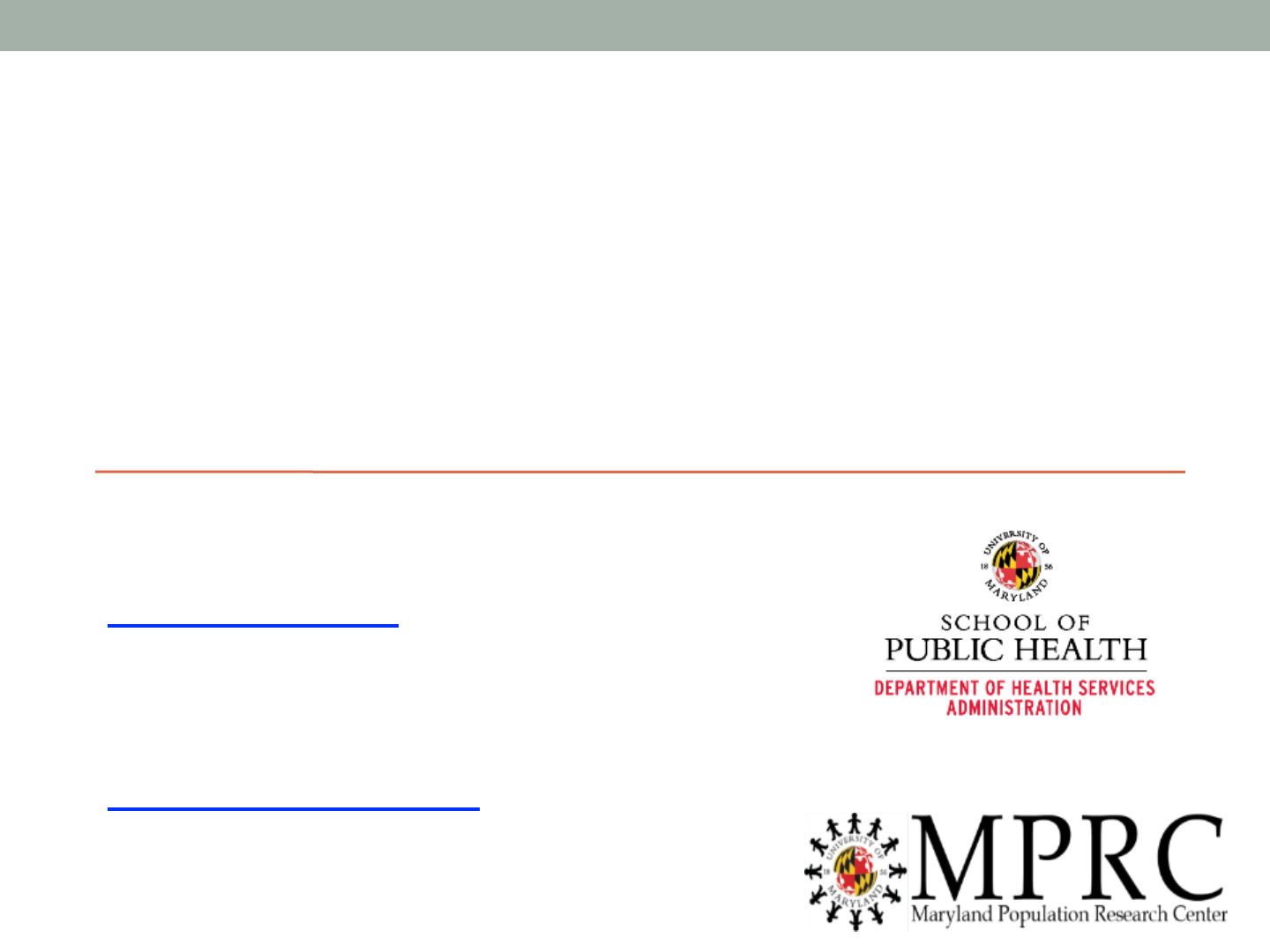
Accessing Restricted Data at the
University of Maryland Federal
Statistical Research Data Center
Michel Boudreaux - HLSA
Andrew Fenelon - HLSA

What is the RDC?
• A consolidated statistical computing platform linking
researchers to protected datasets through federal
agencies
• Run by the US Census Bureau
• Participating organizations include NCHS, AHRQ, BLS,
and Census

What kind of variables can you get?
• Restricted geography
• State, ZIP, tract, county, etc etc
• Full variable distributions
• No top-coding
• Full count files and unedited variables
• No PUMS for us!
• Linking Keys
• Personal Identification Keys (PIKs) for merging across individual
data
• Administrative data
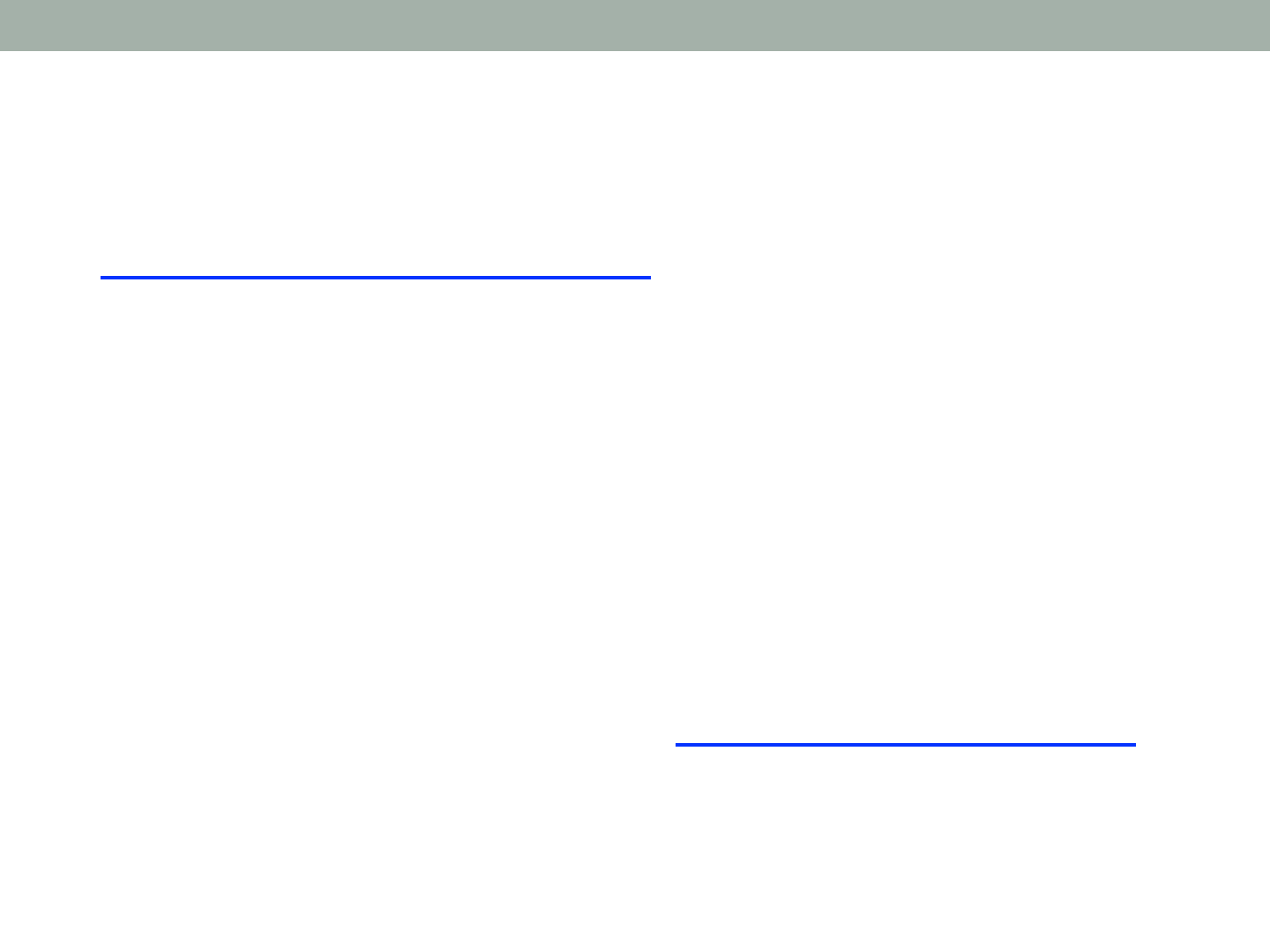
University of Maryland RDC
• https://marylandrdc.umd.edu/
• Our RDC is a fantastic resource that allows affiliates of
founding schools to use the RDC with no seat charge
• (Researchers who use the RDC at NCHS in Hyattsville
are charged $300 per day of use)
• Director: Professor Liu Yang – [email protected]
• Administrator: Currently Vacant (Veronika Penciakova
starting in October!)
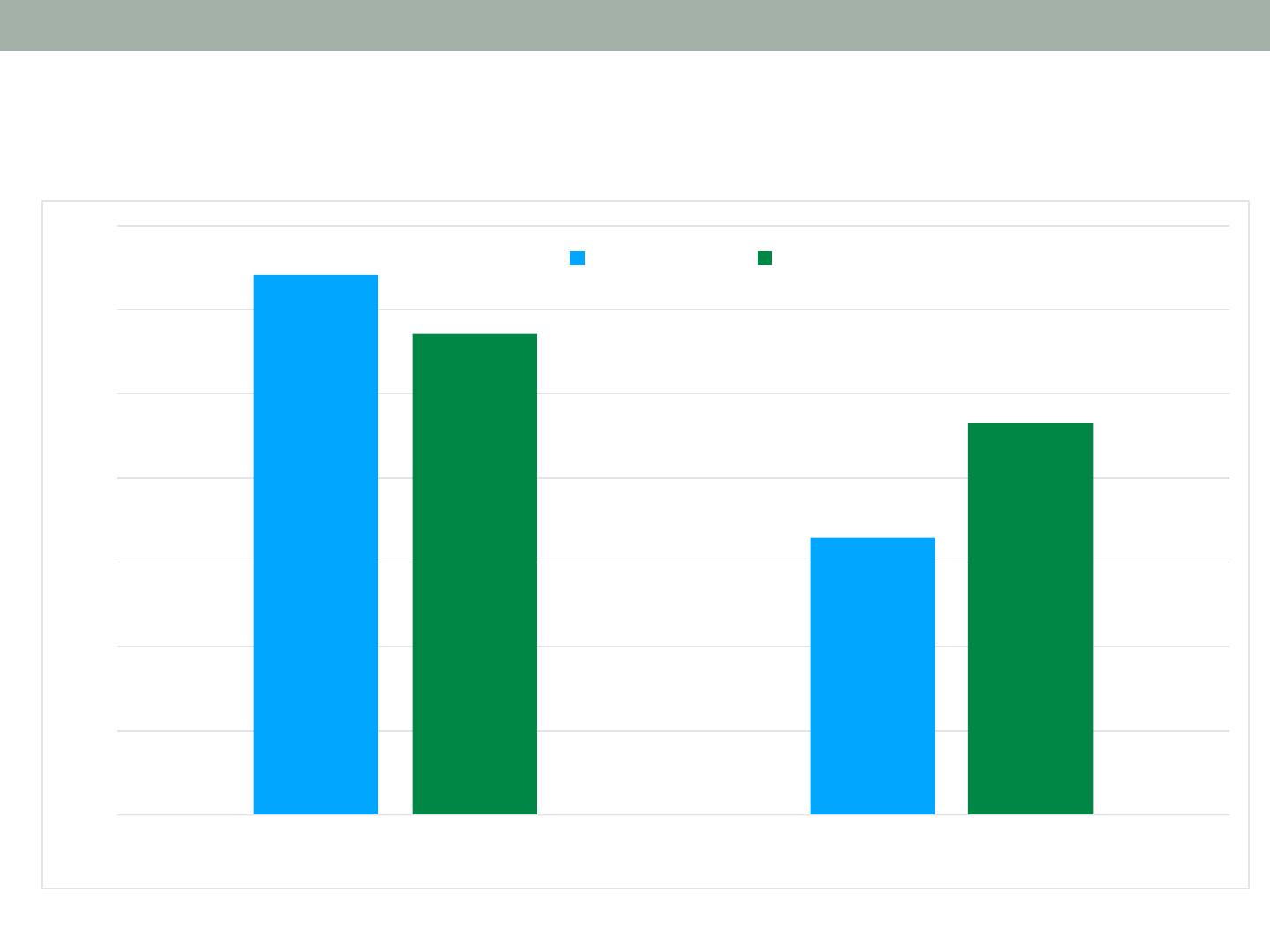
Neighborhood Disadvantage Index
† p<0.10 * p<0.05 ** p<0.01
0
0.2
0.4
0.6
0.8
1
1.2
1.4
Public Housing Housing Choice Vouchers
Current Pseudo-waitlist
**

Steps in the RDC Process
1. Proposal Application
2. Certification (Special Sworn Status)
3. Data Merging and Upload (NCHS Only)
4. Analysis
5. Disclosure
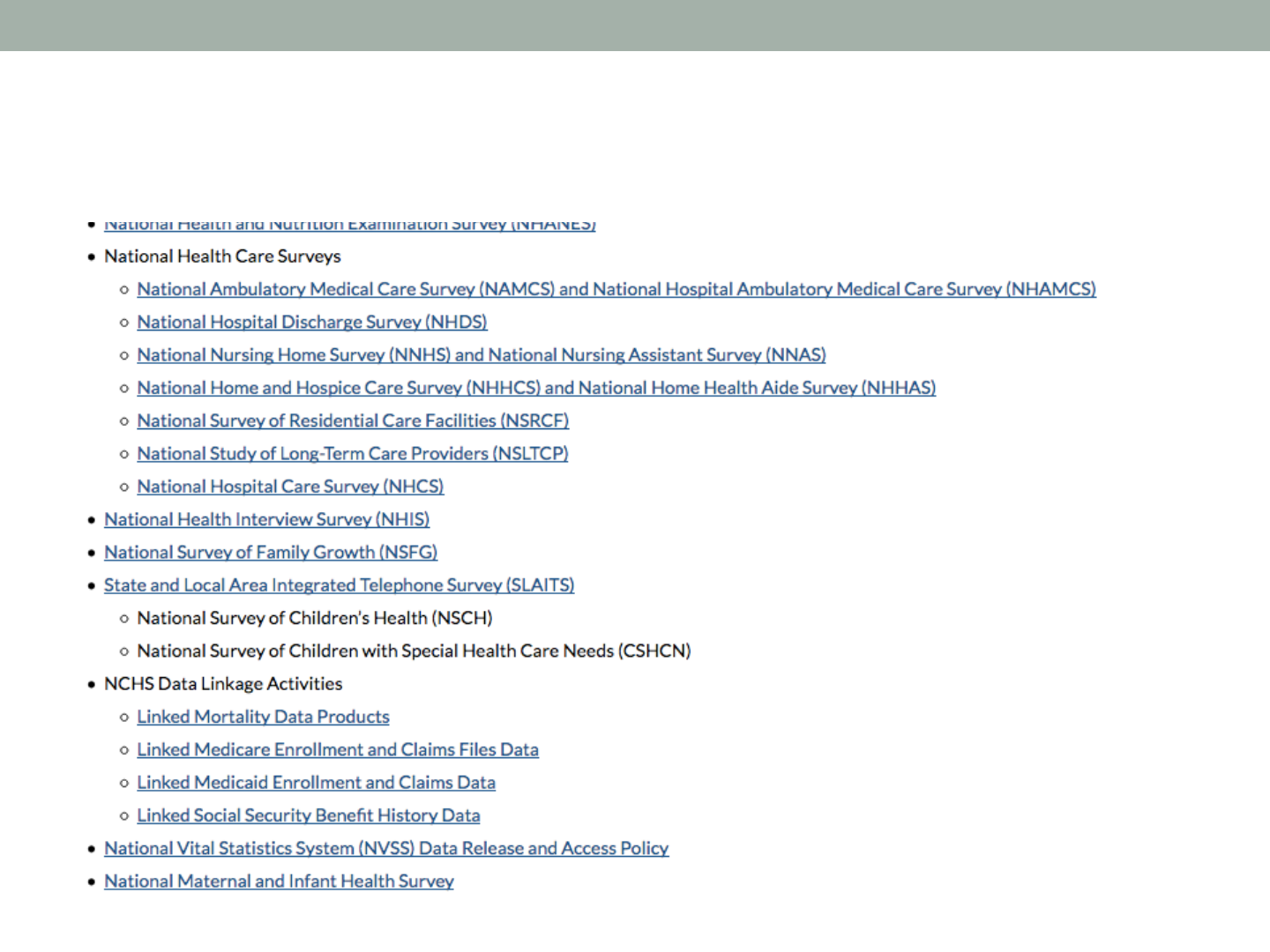
Example Health Datasets in the RDC

Examples of Census Data
• Demographic
• Decennial, ACS, CPS, AHS, etc
• Economic
• Economic Census, LEHD, Annual Survey of Manufacturers, etc
• Administrative Data
• IRS, Public Programs, SSA
• Hard to get public information on all that they have, but they have a
lot. Assume they have what you want.
• IRS data is usually very hard to get, best to have inside
collaborator
• Proprietary Data
• In theory, Census will PIK any data set you can send them which
allows it to be merged with any of these files. No extra charge for
this service.
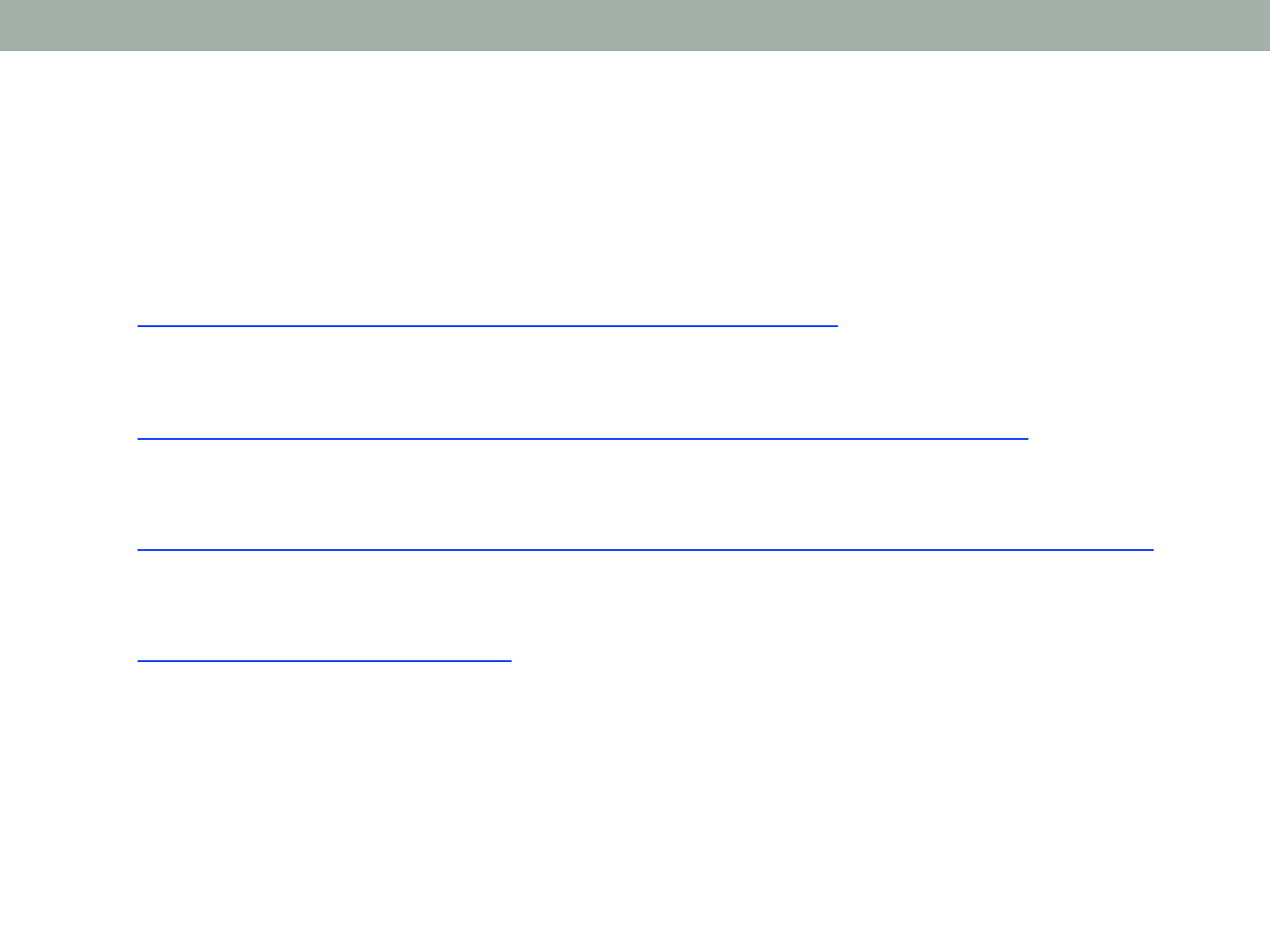
RDC Application
• NCHS
• https://www.cdc.gov/rdc/b3prosal/PP300.htm
• Census
• https://www.census.gov/ces/rdcresearch/howtoapply.html
• AHRQ
• https://meps.ahrq.gov/mepsweb/data_stats/onsite_datacenter.jsp
• BLS
• https://www.bls.gov/rda/
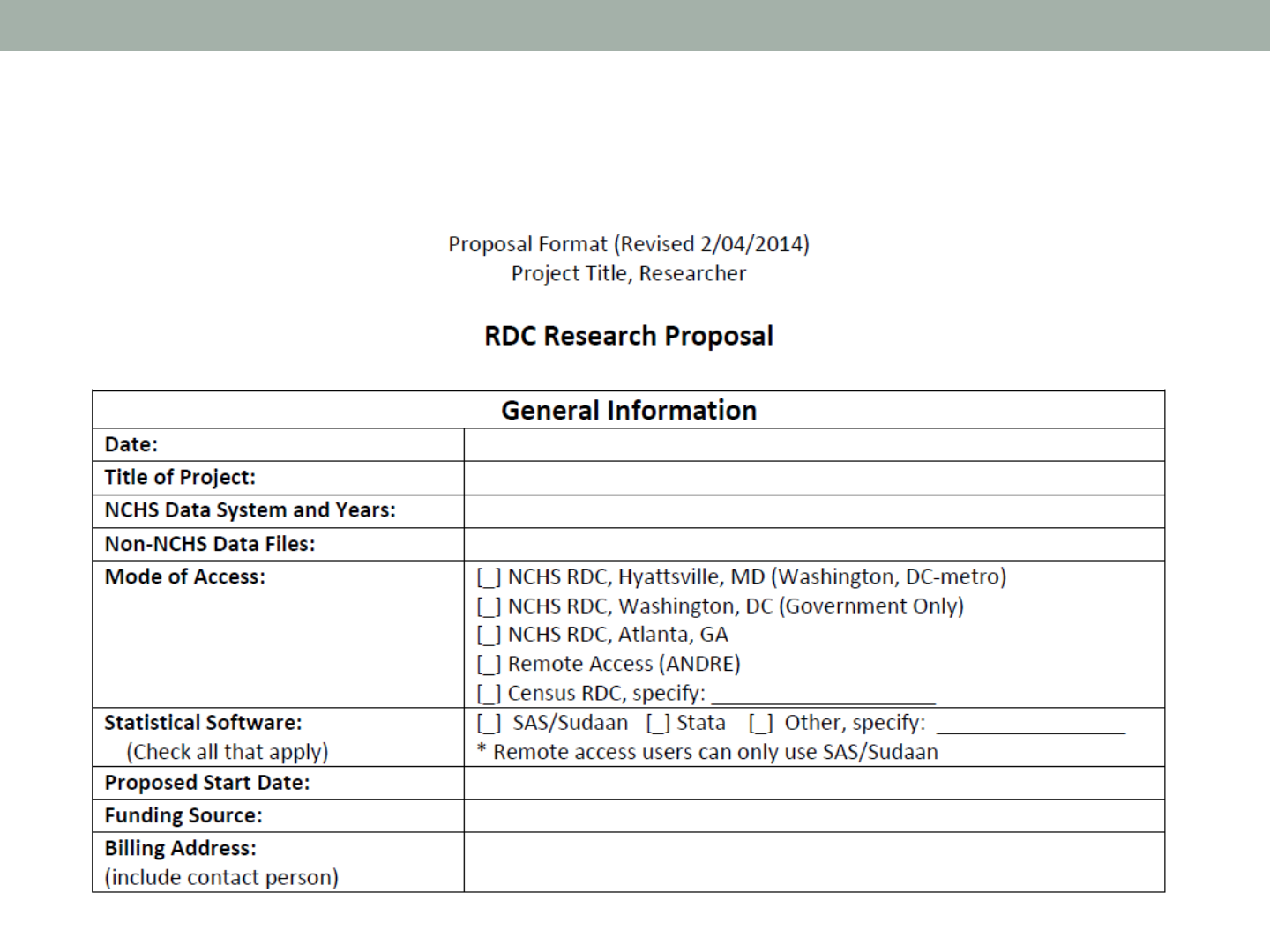
NCHS Application

NCHS Application
A. Abstract
B. Research Question
C. Background
D. Public Health Benefit
E. Data Requirements (data you need, years of surveys,
restricted variables, additional data merged)
F. Methodology (what you’ll be doing)
G. Output (Table Shells and presentation of results)
H. Data Dictionary (list of all public and restricted variables
you will use)

Census Application
• Generally starts with a ‘pre-proposal’ that local RDC
admin will give you feed back on
• Provide benefit to Census
• Hardest part, but RDC Admin will help you figure this out.
• Demonstrate Scientific Merit
• Requires non-public data
• Be feasible
• Pose no disclosure risk

Special Sworn Status
• To use the RDC, you become an “employee” of the
census bureau, and you have to go through the
background check process to obtain that status
• The whole process can take several months, so start early
(but it lasts for life!!!!)
• In addition to filling out a ton of forms, you also have to
• Submit fingerprint cards
• A passport photo
• Be interviewed by the OPM Federal Investigator

List of SSS documents
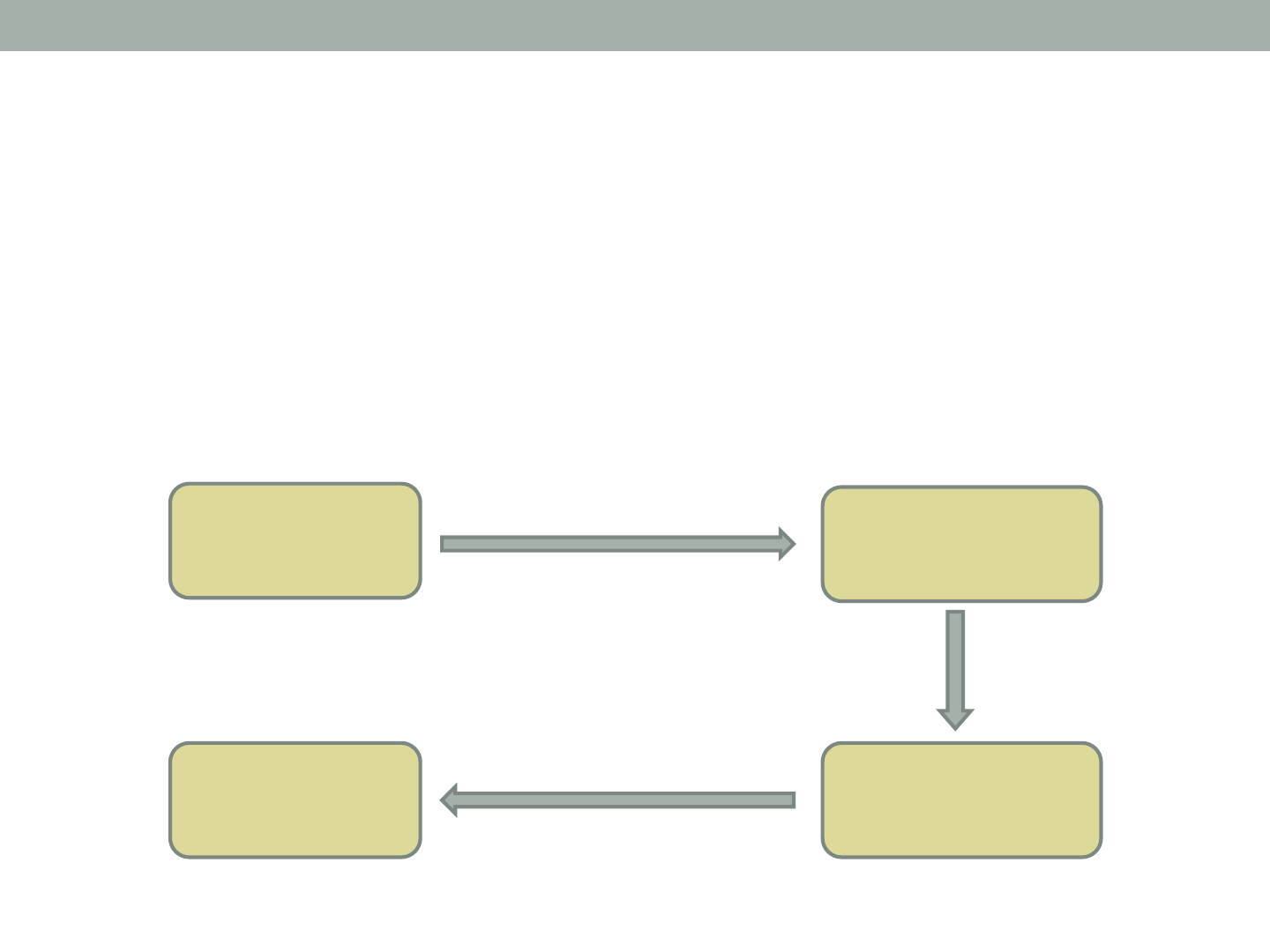
Data Merging for NCHS Data
• You provide your public use data, then the analyst merges
it with the restricted variables
Public Use
Data
You
Your analyst
Merges with
restricted
variables
Removes
identifying
variables
Places file in
RDC
$$$$

Data Merging for Census
• You send any external data (not Census data) and then
you are on your own, which is good and bad.
• You will be given access to internal files that you are
granted permission for. It is then up to you to merge
• Greater control, but requires you have a deeper
understanding of the data

Analysis
• Data analysis can be done with a variety of statistical
packages including SAS, Stata, and R via Unix
• Stata at least is interactive. Not true for SAS.
• You can have your analyst upload program code to the
RDC
• Unfortunately you have to leave the RDC to consult any
online statistical programming help

Disclosure
• Unfortunately, you can’t just take your results with you
when you leave. Disclosing results involves several steps
and differs by agency and analyst.
1. Run analysis and place .log file in ‘disclosure’ folder
2. Send analyst a disclosure request along with path of
folder
3. Wait…
4. Receive results in email as long as analyst deems them
releasable (this can be annoying and frustrating)

Examples – Our Current Projects
• HUD housing assistance and child health and well-being
(Andy, Michel, and Natalie)
• NHIS/NHANES data linked with HUD records and geographic info
• NHIS and NHANES merged with census tract and zip
code data (Quynh)
• American Housing Survey and census tract data (Andy)
• School-based health centers, school screening mandates,
and Medicaid eligibility: Effects to health and health care
access in the NHIS (Michel)
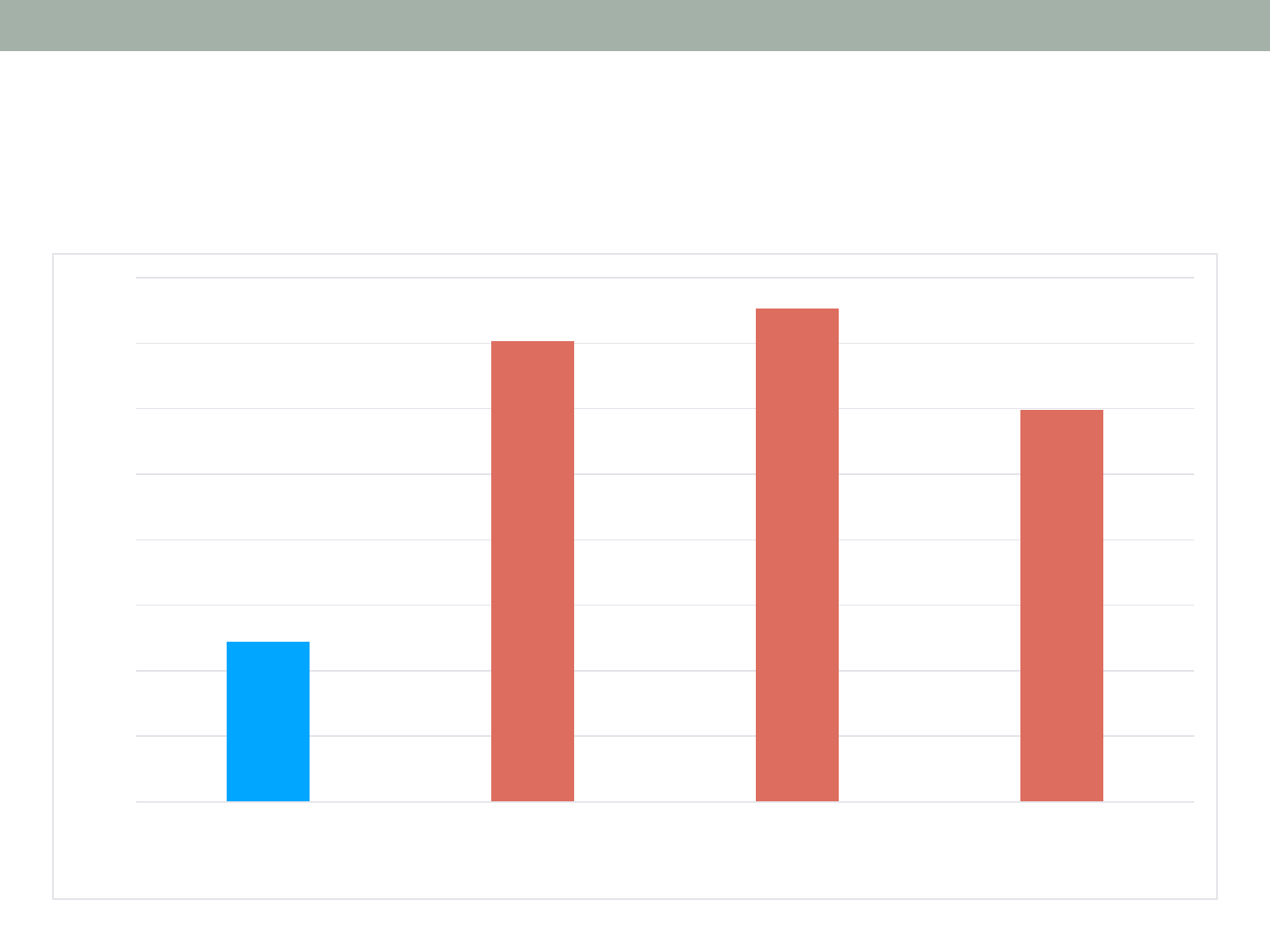
Adult Fair/poor health by Housing
Assistance
† p<0.10 * p<0.05 ** p<0.01
0%
5%
10%
15%
20%
25%
30%
35%
40%
No Housing
Assistance
Public Housing Housing Choice
Vouchers
Multifamily
Housing
**
**
**
Source: Fenelon et al. (2017) AJPH
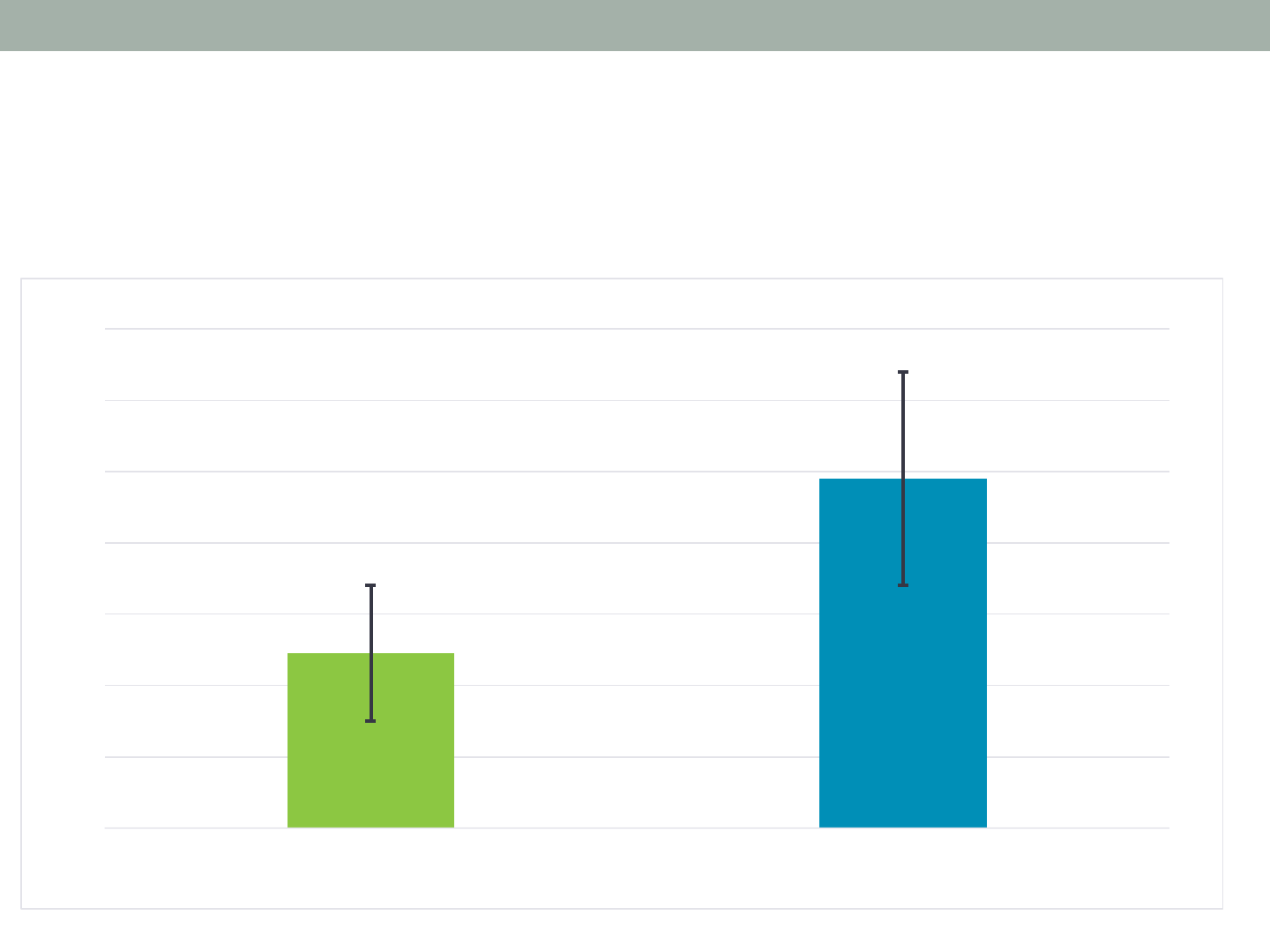
Adult Public Housing Current vs. Future
*
*
30%
32%
34%
36%
38%
40%
42%
44%
Current Future
Source: Fenelon et al. (2017) AJPH
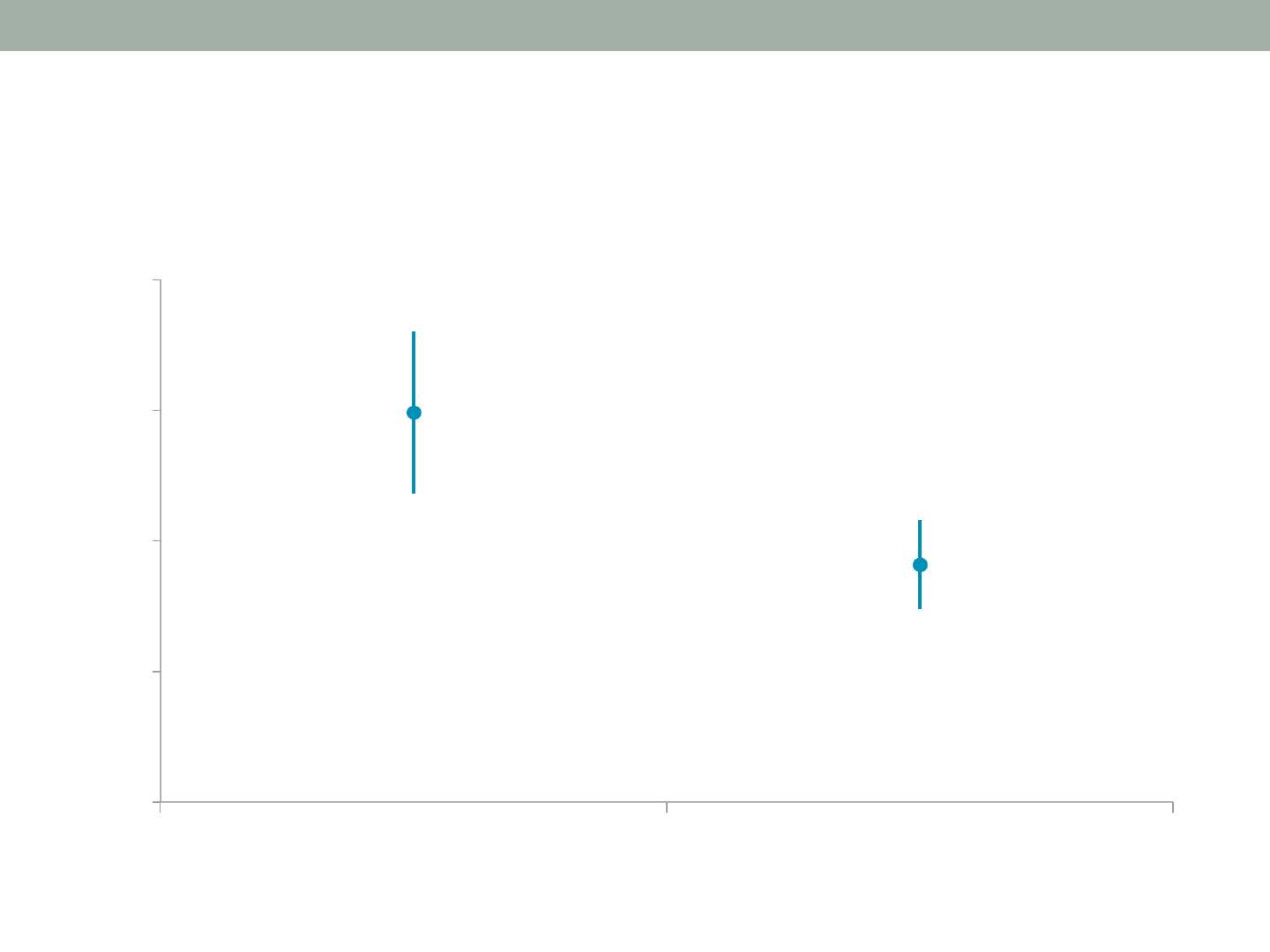
Child Mental Health by Housing Assistance
† p<0.10 * p<0.05 ** p<0.01
1.0
1.5
2.0
2.5
3.0
Current Assistance No Assistance
Source: Fenelon et al. (2018) JHSB
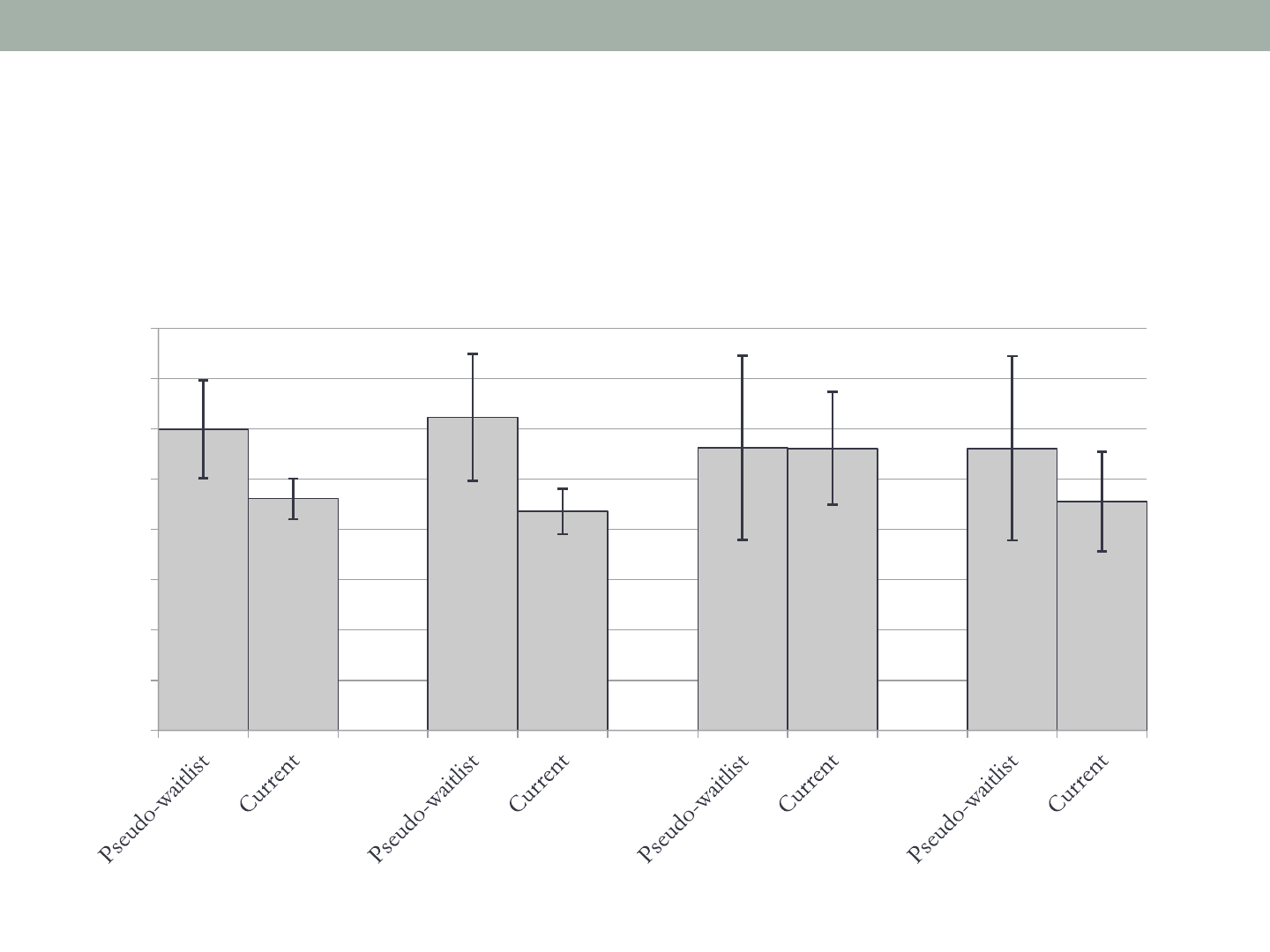
Health days of school missed
0
1
2
3
4
5
6
7
8
All Programs
Housing Choice
Vouchers
Public Housing
Multifamily
Housing
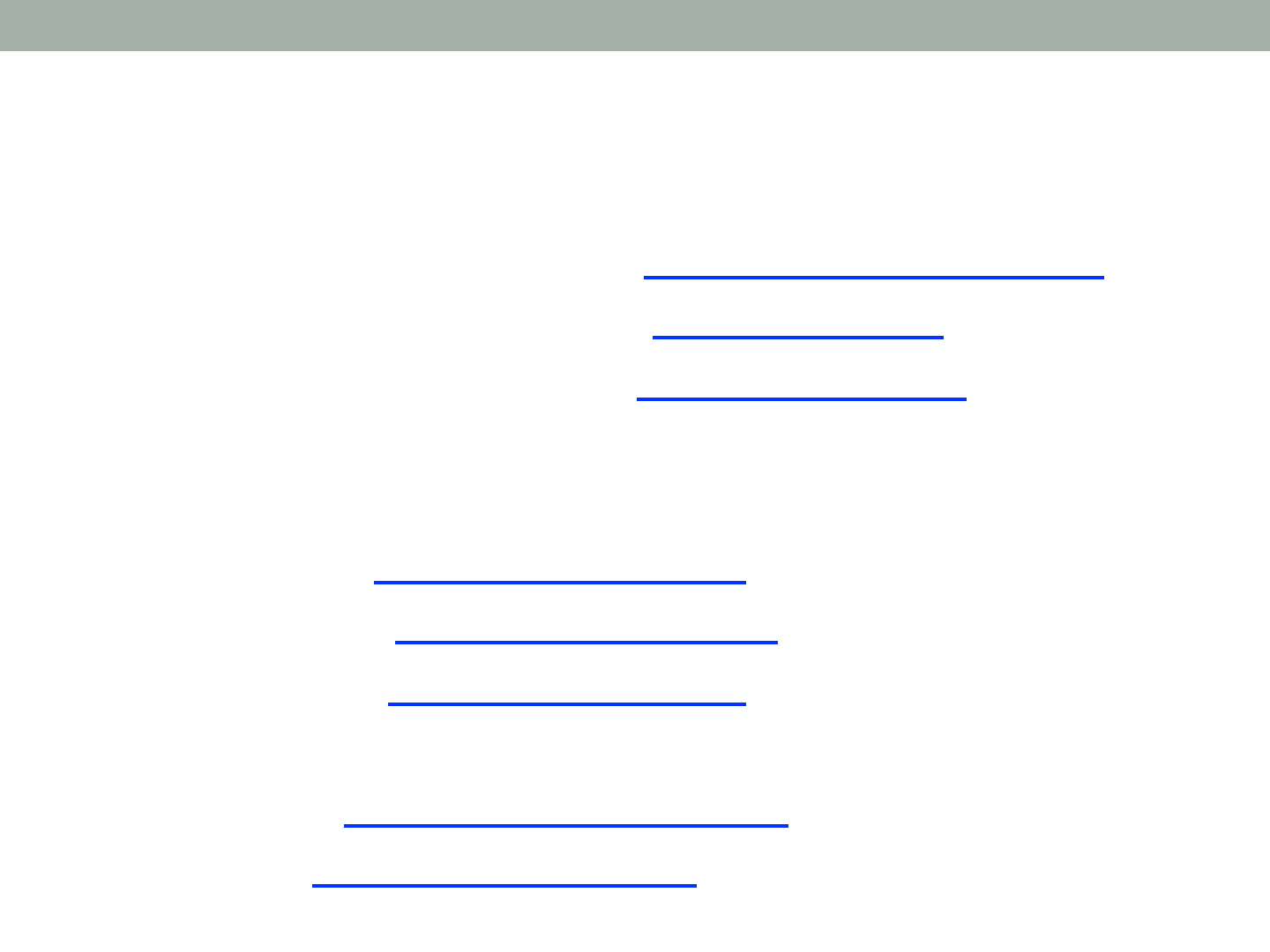
Campus Contacts
• Executive Director: Liu Yang [email protected]
• SPH Rep: Michel Boudreaux [email protected]
• BSOS Rep: Andres Villareal [email protected]
• Local Health Data users:
• Andy Fenelon [email protected]
• Quynh Nguyen [email protected]
• Natalie Slopen [email protected]
• Interns:
• Seth Murray [email protected]
• Claire Hou [email protected]
